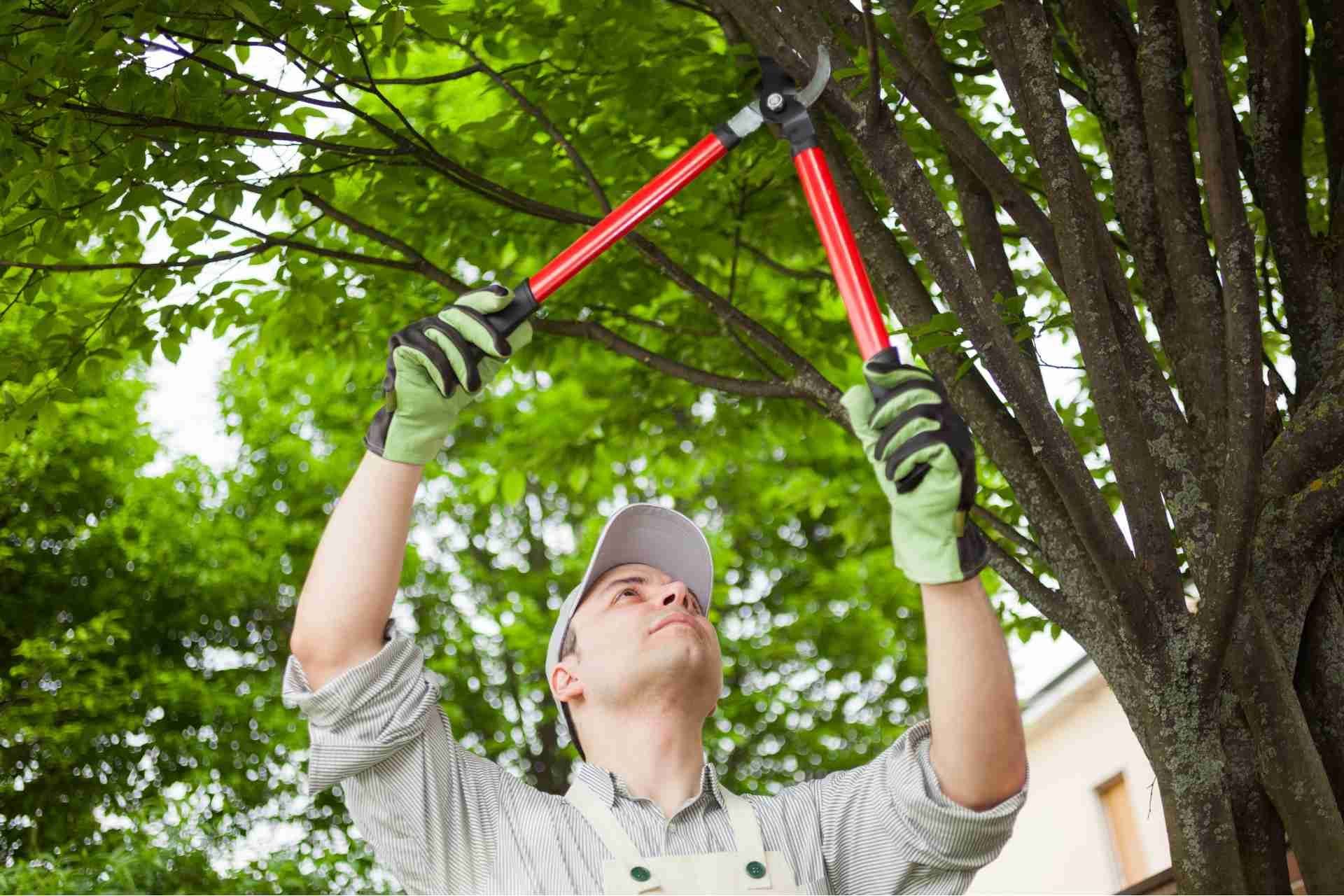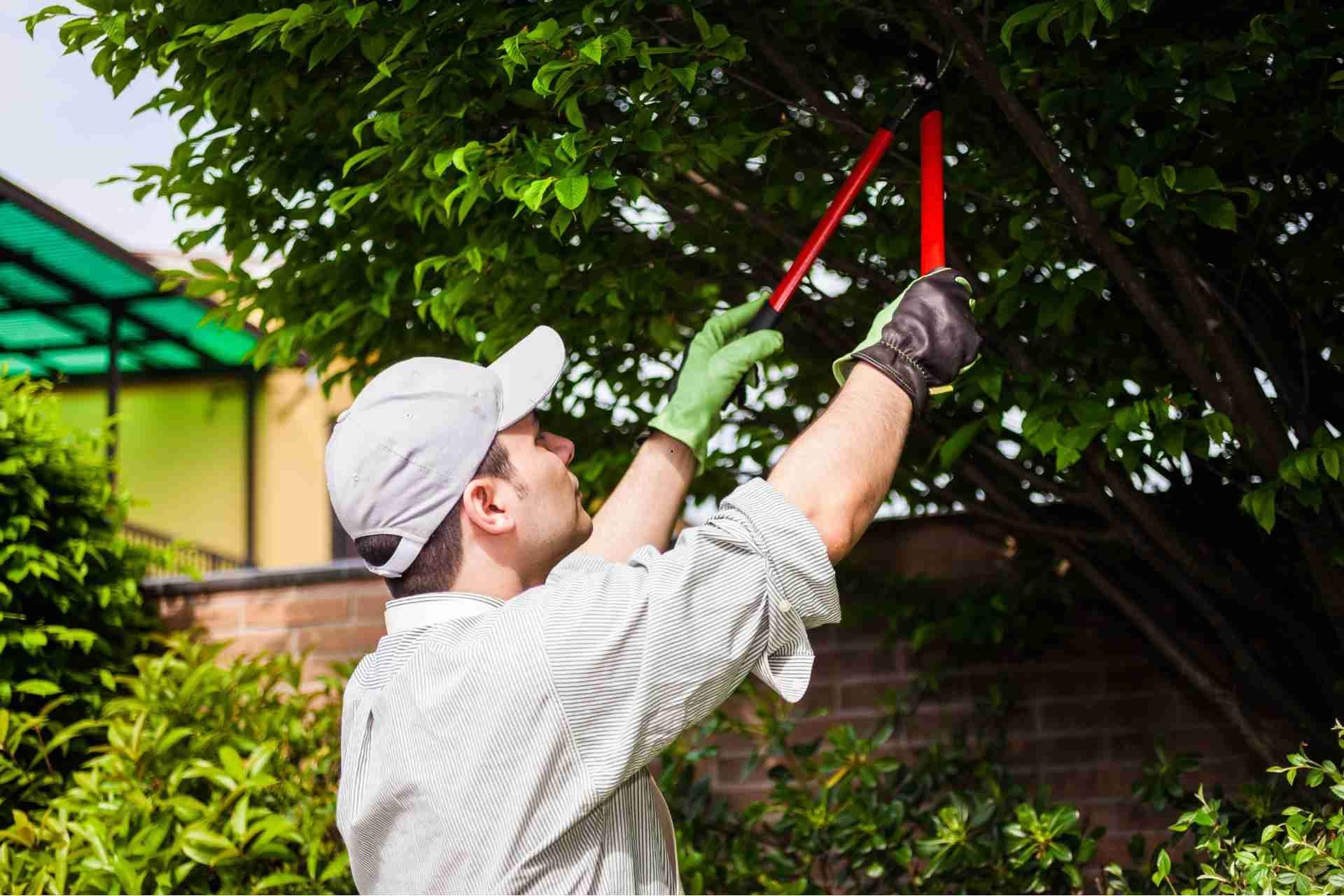What Fertilizer Should I Use For My Lawn In The Spring
When spring arrives, it’s crucial to choose the right fertilizer for your lawn’s specific needs. You might think all fertilizers are the same, but that couldn't be further from the truth. The type of grass you have and your soil conditions play significant roles in determining the best option. So, how do you figure out what’s truly right for your lawn? Let’s explore the essential factors that can guide your choice.
Understanding Lawn Fertilizer Basics
When you’re looking to give your lawn the best start in spring, understanding the basics of fertilizer is crucial.
Fertilizer provides essential nutrients that help your grass thrive, particularly nitrogen, phosphorus, and potassium. Each of these elements plays a vital role; nitrogen promotes lush, green growth, phosphorus encourages root development, and potassium enhances overall plant health.
It's important to know your soil's nutrient levels, as this helps you choose the right fertilizer. Timing is also key; applying fertilizer too early or late can hinder your lawn's growth.
Lastly, always follow the manufacturer's instructions regarding application rates to avoid over-fertilizing, which can harm your grass.
With these basics in mind, you’re well on your way to a vibrant lawn this spring.
Different Types of Fertilizers
Choosing the right fertilizer for your lawn can make a significant difference in its health and appearance.
With various types available, it’s crucial to select one that suits your lawn’s needs. Here are some popular options you might consider:
- Granular Fertilizers: Easy to apply and release nutrients slowly.
- Liquid Fertilizers: Quick-acting and ideal for fast results.
- Organic Fertilizers: Eco-friendly options derived from natural sources.
- Synthetic Fertilizers: Man-made nutrients that provide a controlled release.
- Slow-Release Fertilizers: Gradually release nutrients over time, reducing the need for frequent applications.
Understanding these choices will help you nourish your lawn effectively and keep it lush throughout the spring season.
Nutrient Composition Explained
Understanding the different types of fertilizers leads to a deeper appreciation of their nutrient composition.
When you look at fertilizer bags, you'll notice three main numbers, representing nitrogen (N), phosphorus (P), and potassium (K). These are essential nutrients for your lawn's growth.
Nitrogen promotes lush, green growth and helps with leaf development. Phosphorus supports root health and flowering, while potassium enhances overall plant resilience and disease resistance.
Depending on your lawn’s needs, you might want a fertilizer higher in one nutrient over the others. For example, if your grass looks yellow or weak, a nitrogen-rich fertilizer can revive it.
Knowing this composition helps you choose the right fertilizer to nourish your lawn effectively this spring.
Soil Testing for Nutrient Needs
To ensure your lawn thrives this spring, testing your soil for nutrient needs is essential. A soil test reveals what nutrients your lawn lacks and helps you make informed decisions about fertilization.
Here are some reasons why you should test your soil:
- Identify pH levels for optimal grass growth
- Determine nutrient deficiencies, like nitrogen or phosphorus
- Uncover soil texture and drainage issues
- Save money by preventing over-fertilization
- Tailor your fertilization strategy for specific grass types
Choosing the Right Fertilizer for Your Grass Type
How can you ensure your lawn gets the nutrients it needs? Start by identifying your grass type, as different varieties require specific nutrients.
For cool-season grasses like Kentucky bluegrass or fescue, choose a fertilizer high in nitrogen, especially in the spring. This promotes robust growth as temperatures rise.
On the other hand, warm-season grasses such as Bermuda or zoysia thrive on fertilizers rich in potassium. This helps them develop strong roots and maintain color during the hotter months.
Always check the N-P-K ratio on the fertilizer bag to match your grass’s needs. Additionally, consider organic options if you prefer environmentally friendly choices.
Tailoring your fertilizer selection to your grass type sets your lawn up for success this spring.
Timing Your Fertilization Schedule
Knowing your grass type is just the first step; timing your fertilization schedule is equally important for a thriving lawn. To get the most out of your fertilizer, aim to apply it during the peak growing season for your grass type.
Here are some key points to consider:
- Fertilize cool-season grasses early in spring, when temperatures rise above 55°F.
- For warm-season grasses, wait until late spring, around May, when soil temperatures reach 65°F.
- Avoid fertilizing during drought or extreme heat to prevent stress on your lawn.
- Consider a second application in late summer for continued growth and health.
- Monitor rainfall; adjust your schedule if heavy rain is expected to prevent nutrient runoff.
Application Methods and Tips
How can you ensure your lawn gets the nutrients it needs? Start by identifying your grass type, as different varieties require specific nutrients.
For cool-season grasses like Kentucky bluegrass or fescue, choose a fertilizer high in nitrogen, especially in the spring. This promotes robust growth as temperatures rise.
On the other hand, warm-season grasses such as Bermuda or zoysia thrive on fertilizers rich in potassium. This helps them develop strong roots and maintain color during the hotter months.
Always check the N-P-K ratio on the fertilizer bag to match your grass’s needs. Additionally, consider organic options if you prefer environmentally friendly choices.
Tailoring your fertilizer selection to your grass type sets your lawn up for success this spring.
Organic vs. Synthetic Fertilizers
Which type of fertilizer should you choose for your lawn this spring: organic or synthetic? Each option has its benefits, so it’s essential to consider your lawn’s needs and your gardening philosophy.
- Organic fertilizers improve soil health and promote long-term growth.
- Synthetic fertilizers deliver quick results, making them ideal for immediate greening.
- Organic options are usually safer for pets and children.
- Synthetic varieties may require less frequent application.
- Organic fertilizers can enhance biodiversity in your lawn ecosystem.
Ultimately, your choice depends on what you're looking to achieve.
Whether you prefer the natural approach or need fast results, each type has its place in lawn care.
Common Mistakes to Avoid When Fertilizing
Fertilizing your lawn can be a straightforward task, but it’s easy to make mistakes that can hinder your results. Here are some common pitfalls to avoid:
Mistake Solution
|-----------------------------|------------------------------|
Over-fertilizing Follow package instructions
Ignoring soil pH Test soil before applying
Applying during drought Water your lawn beforehand
Conclusion
In conclusion, selecting the right fertilizer for your lawn in spring is crucial for healthy growth. By understanding your grass type, conducting a soil test, and choosing between organic or synthetic options, you can ensure your lawn thrives. Remember to time your applications and use the right method for best results. Avoid common mistakes, and soon you’ll enjoy a lush, green lawn that stands out in your neighborhood. Happy gardening!



